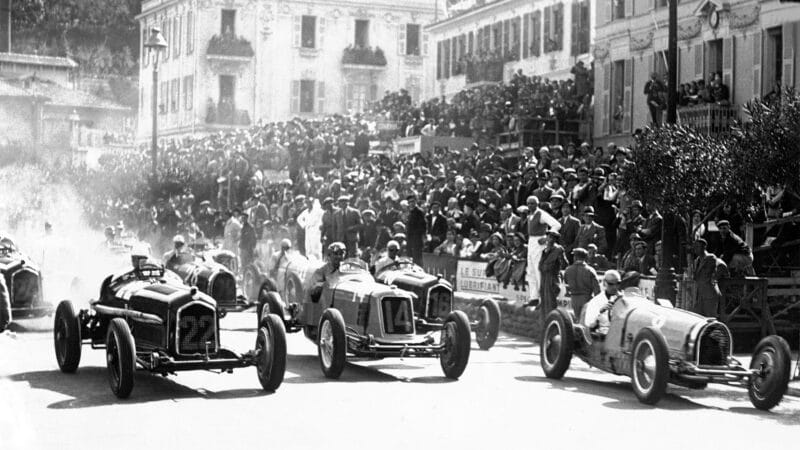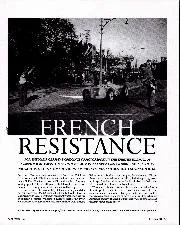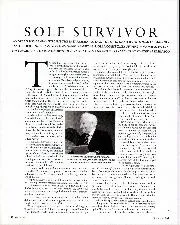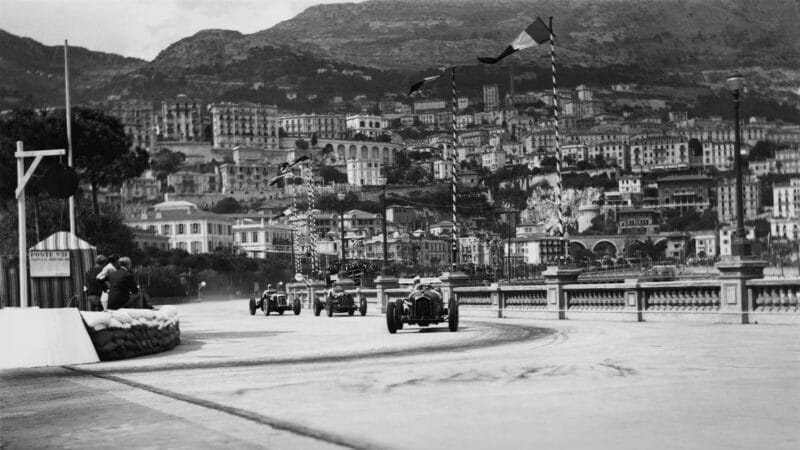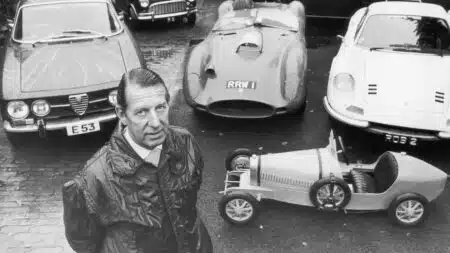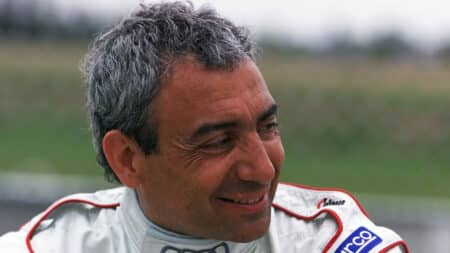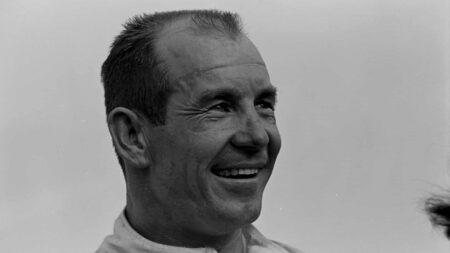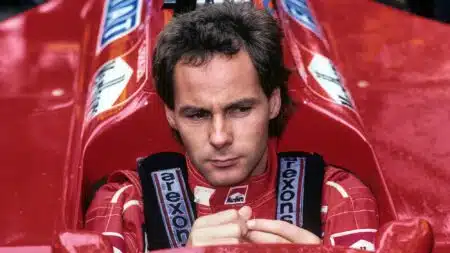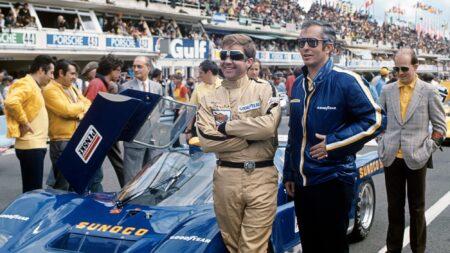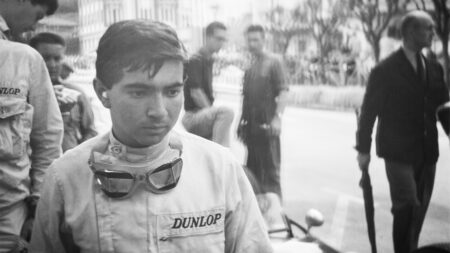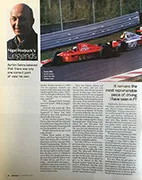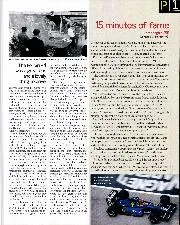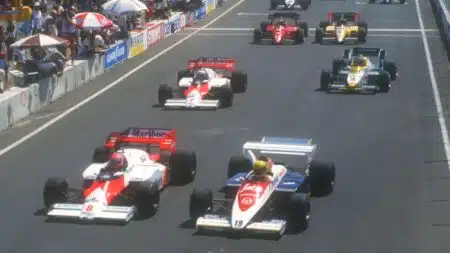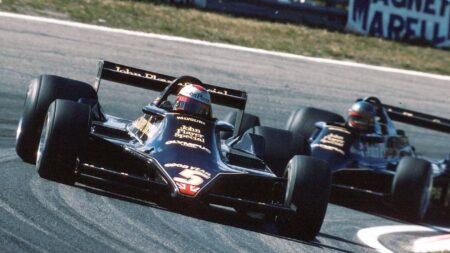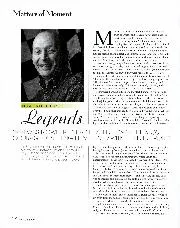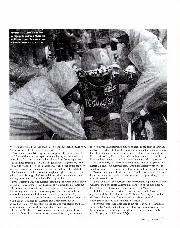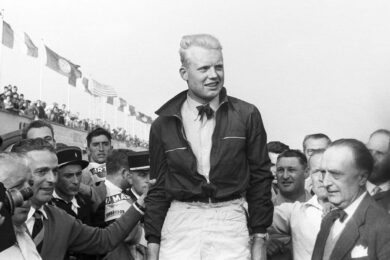“Nuvolari was utterly supreme. He could do things with a car no one else could – you were aware of that when you followed him. Often you went into a corner behind him, and just knew that he wasn’t going to make it – but he did. [Rudolf] Caracciola perhaps believed himself the best, and he was indeed a great driver: smooth and, without doubt, the best in the rain. But he was not Nuvolari.
“Tazio never changed. He was a straightforward man and never arrogant. But I think we all – including him! – knew he was the best. I have no hesitation in saying that. He used to win in inferior cars; he would beat the side of them with his hand, urging them on! That’s not a myth. For me, there has never been anyone like Nuvolari.”
Dreyfus also thought extremely highly of Achille Varzi. Being the discreet gent he was, René declined to go into detail about Varzi’s long affair with Ilse, the wife of Auto Union’s reserve driver Paul Pietsch, or about his descent into morphine dependency.
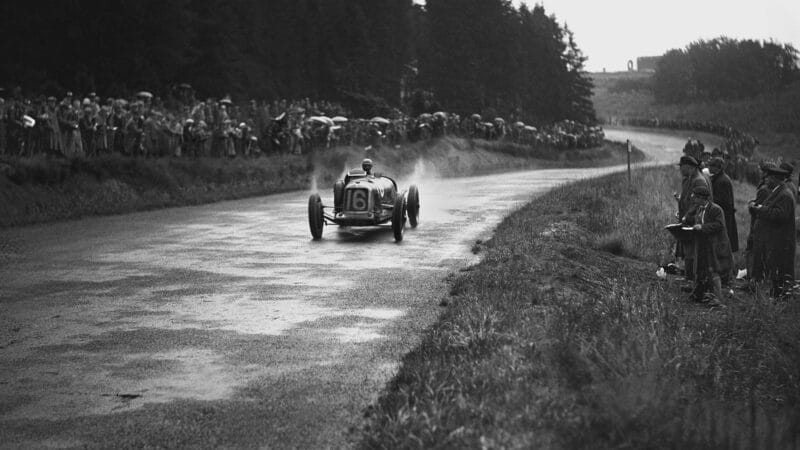
Taking on the Nürburgring in 1931
Getty Images
“I have to say, Varzi was very nearly the equal of Nuvolari — and sometimes better. He was an aloof man. The tragedy of Varzi was that he destroyed himself. Before all of that happened, his precision was absolutely extraordinary.”
Dreyfus, unusually, had only good memories of Enzo Ferrari, his employer in 1935 and ’36.
“Curiously enough, I was never aware of this legendary ruthlessness for which Ferrari became known. I enjoyed driving for him and he remained friendly to me to the end of his life. When I think of the tiny operation, and the shortage of money in those days, I can’t believe where his company is today.”
Thereafter, in 1937 and ’38, René drove for Delahaye, achieving a remarkable victory over Hermann Lang’s Mercedes at Pau and being crowned Champion of France.

